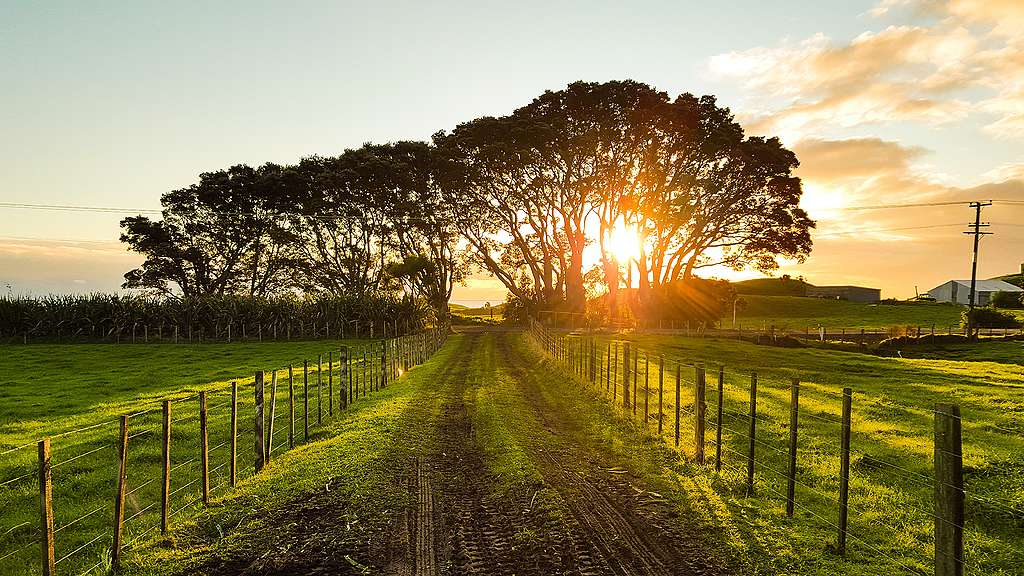Kids at home, empty streets and dressing from the waist up, New Zealand’s brief dip back into lockdown last week threw us an interesting reminder – people’s lives are deeply intertwined.
In “normal” life, outside of our bubbles, like it or not, we inhabit a vast network of existence.
Fear and apprehension have caused us to consider again the vulnerabilities of these linkages.
The way in which a droplet can multiply and spread through a person, a family, a community, a country.
As we perched on the edge of our sofas, health authorities retraced the comings and goings of a family of three, the embodiment of the first community outbreak since last year.
Transport routes taken, food stops, toilet stops, the intersecting holidays of hundreds of other kiwis, the thousands of family lives all interconnected by their child’s attendance at one high school.
This unfortunate trio had the intricate latticework of their private lives held up for examination. We became focused on the minutiae of a single family’s network and the web that links us all.
Despite living in a society that’s been described as a collection of rugged individualists, here’s a little truth jolt – we are all undeniably connected.
What’s more this human matrix is entwined with all of the other ecosystems which make up the living planet.
An understanding we probably carry at a cellular level but seldom acknowledge in our day to day.
Where am I going with this? Well, it strikes me that these unseen networks between humans, this interlacing that mirrors those in the rest of nature, the same ones that have the frightening ability to quickly spread sickness and death, even extinction, they can also be used for good.
A little fanciful you might think. What about a concrete example? Let’s talk about the wolves of Yellowstone. If you’ve heard about this remarkable case of ecological restoration you will know what I mean.
Rewind to the 1920’s, Yellowstone National Park in the US, where the last wolf was killed off and the web of life fell into crisis. Yellowstone elk, natural prey of the wolf, are still getting eaten by grizzlies, bears and cougars, but without wolves, the population flourished. They didn’t move around much in winter anymore and they munched out on aspen, cottonwood and willow trees. Bad news for the beaver, they needed willows to survive the winter. Beaver numbers plunged to almost zero, there was one colony left. The rivers went to pot, the whole ecosystem out of kilter.
So in 1995 the park reintroduced the grey wolf. The wolves kept the elk numbers down and kept them on the move. The beaver population took off again, they spread and built dams and ponds which regenerated the whole hydrological system, recharging the water table, providing cold sheltered spots for fish and the robust willows, no longer being wiped out by the elk, provided habitat for songbirds.
Doug Smith, the wildlife biologist in charge says the presence of wolves triggered a “still-unfolding cascade effect among animals and plants-one that will take decades of research to understand.”
Changing just one aspect of the web of life, has massive knock on effects, good and bad. The interconnectedness of everything, without wanting to sound too much like a hippy, can be our downfall and our saviour.
You often hear environmentalists warning about the actions of humans having this multiplier effect, like the melting ice caps acting in concert with shrinking forests accelerating climate change faster than the sum of their parts.
But equally we can choose to harness the entwining nature of the systems we live in to reverse this effect, to protect nature, to restore biodiversity, and fight the climate crisis.
In New Zealand the most pressing area to apply this understanding of connectivity is in our paddock and fields. Past practices of farming have degraded ecological systems in Aotearoa.
Agriculture is the biggest source of climate pollution, 48 percent of greenhouse gas emissions. But there is hope. The spread of a new concept – regenerative farming which works with nature, not against it, has the potential to act like our Yellowstone Wolf.
As this idea multiplies and spreads, and all the signs are showing it will, our rivers will be protected from the run off of nitrates and phosphorus from paddocks, our native fish species will come back.
As we reduce stock numbers, plant more native trees and stop using harmful inputs like, irrigation, synthetic fertiliser made from fossil fuels and rainforest threatening PKE, the knock on effects for the climate and biodiversity will spread like a benevolent virus, bringing what they describe at Yellowstone as “a cascade of positive ecological change.”
Let’s bring back the wolves.
ENDS

Call on Christopher Luxon to set up a billion dollar fund to transition New Zealand away from industrial to regenerative agriculture.
